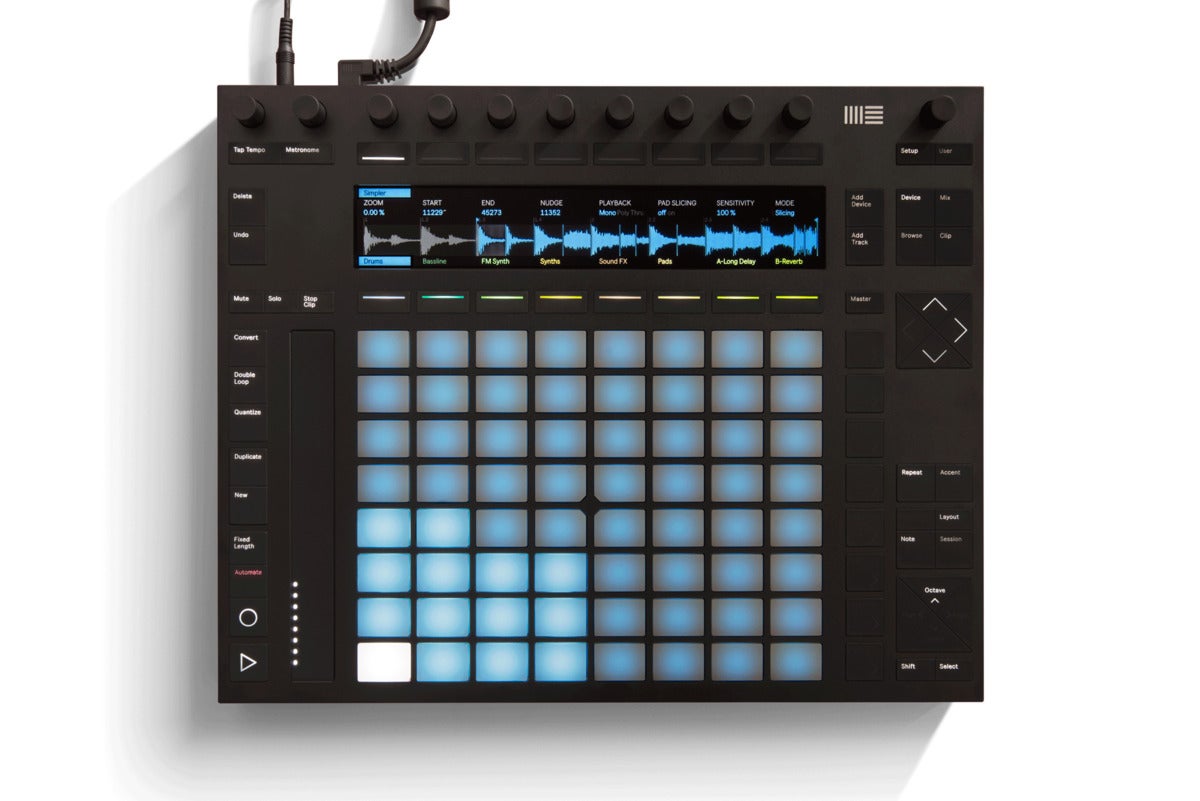

- BEST LAPTOP FOR ABLETON LIVE 11 SUITE HOW TO
- BEST LAPTOP FOR ABLETON LIVE 11 SUITE INSTALL
- BEST LAPTOP FOR ABLETON LIVE 11 SUITE UPDATE
But what does that mean for plug-ins and the rest of the tools you use? Plug-in compatibility

So having it in the DAW is a good thing – and Ableton Live joins a number of DAWs adding that compatibility. You can also bet that along with the work developers do for CPU compatibility, other optimization and work to support the latest features of macOS is likely to get done, too, some of which will also show performance gains.Īnyway – native support means consistent fast performance. So, why go fully native? That’s easy – then it’ll be even faster, and will allow you to take full advantage of the high-performance powers of the latest Macs. (That matters to music because, uh, sound is sort of involved.) It’s snappy, and the Mac mini is so quiet I can only tell it’s on by looking at its power LED. I’ve been running the stable build of Ableton Live 11, which is still Intel-only, for months now on a Mac mini with M1. I can say that theoretically, but I can also say it practically.
BEST LAPTOP FOR ABLETON LIVE 11 SUITE UPDATE
The upshot of this is, if you have a slightly older Mac as I do, you’ll probably mainly notice your new Mac is faster – even before you update your software for the M1. The reasons why are too complex to get into here, but the short version is this – Apple’s new chips are fast, there is sophisticated memory tech at work, and the new Rosetta 2 compatibility layer that operates invisibly as part of macOS is essentially able to translate your old Intel code to native instructions for the CPU without the developer’s involvement. The first thing to point out here is that non-native code, built for Intel, often runs really fast even on the M1. Now onto the detailed explanation: Apple Silicon: a refresherĪpple Silicon covers all the ARM-based architectures currently available from Apple, which for the Mac right now is – one chip, the M1, though expect that soon to include other Mac chips, too. Matches or exceeds your existing Intel Mac vs. Max for Live: works, but Devices with externals built for Intel will display an error message – run Live in Rosetta 2. Intel VSTs: won’t work, hidden, but you can run Live in Rosetta 2 and run them there. ( Probably – other dependencies or incompatibilities still apply!) Intel AUs: work automatically, thanks to macOS’ built-in AUHostingCompatibilityService. Live 11.1: ships as Universal 2, both Intel and Apple Silicon support included. TL:DR / spoilers!įor those of you eager for the answer, who know what you’re doing already, Ableton Live 11.1 in Apple Silicon native mode compatibility details: You should always do that with the beta, and you should probably do it with a version of Live you may need to open critical files.
BEST LAPTOP FOR ABLETON LIVE 11 SUITE INSTALL
Remember, you can install multiple versions of Ableton Live alongside one another.
BEST LAPTOP FOR ABLETON LIVE 11 SUITE HOW TO
But what about VST, AU, Max for Live, and other content – especially if it was built for Intel? Here’s what works, what doesn’t, and how to retain compatibility.

Ableton Live 11.1 beta means a native version of the host that can take full advantage of the hardware inside the latest Macs.


 0 kommentar(er)
0 kommentar(er)
